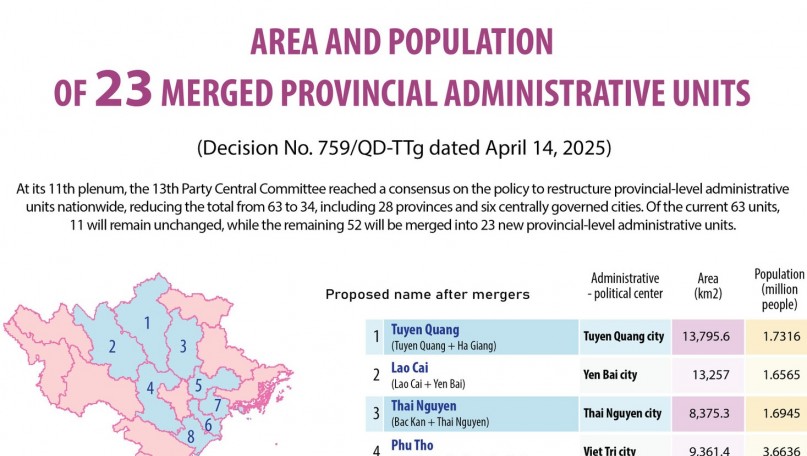
Major transport projects launched in Southeast region to boost inter-regional connections
A series of large inter-regional transport projects have been launched in the southeast region in 2023 to form a completed and uniform transport network meeting the region’s development needs, creating new driving forces for the region’s economic growth.
The network will also help improve the efficiency of logistics activities in large economic and industrial parks of the southern key economic region.
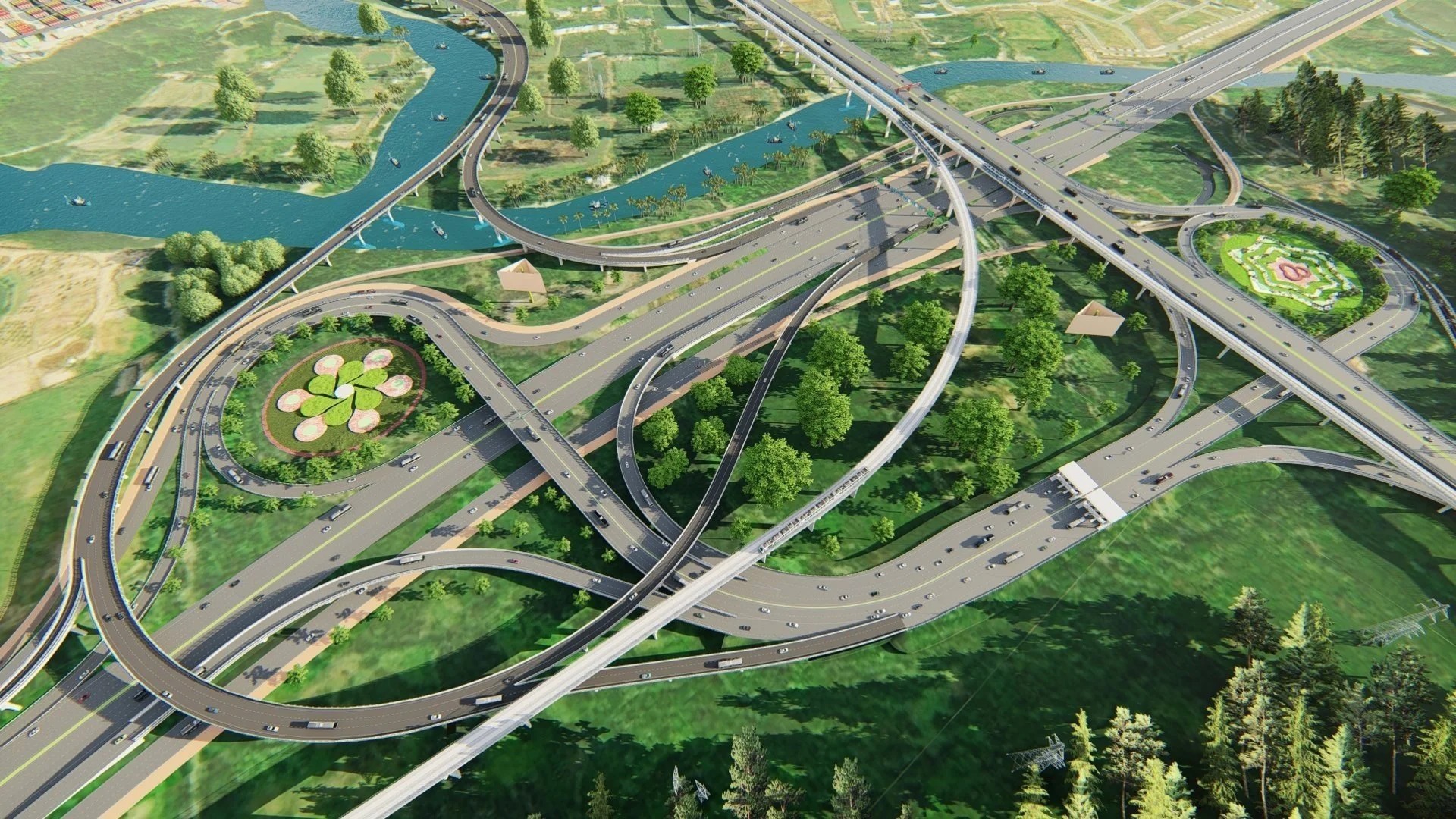
In June, Phase 1 of the Ring Road 3 project passing through Ho Chi Minh City and the provinces of Binh Duong, Dong Nai, and Long An, was kicked off. It is the largest transport project in the south, with a length of 76 km and a total investment of nearly 75.4 trillion VND (over 3.1 billion USD).
The Ring Road 3’s Phase 1 is expected to be completed in 2026, opening up space for developing industrial corridors, connecting many seaport clusters, and reducing travel time and logistics costs.
Along with the Ring Road 4 – Ho Chi Minh City, the Ring Road 3 – Ho Chi Minh City plays a very important role in connecting localities in the southeast region as well as reducing traffic pressure for Ho Chi Minh City – the region’s largest urban area. Therefore, localities in the region are focusing efforts on the work to early complete the construction of these two ring roads.
Meanwhile, the Bien Hoa – Vung Tau expressway project passing through the two provinces of Dong Nai and Ba Ria – Vung Tau also officially started this year. The 53.7-km expressway has a total investment of nearly 18 trillion VND funded by the central budget and localities where the expressway passes through.
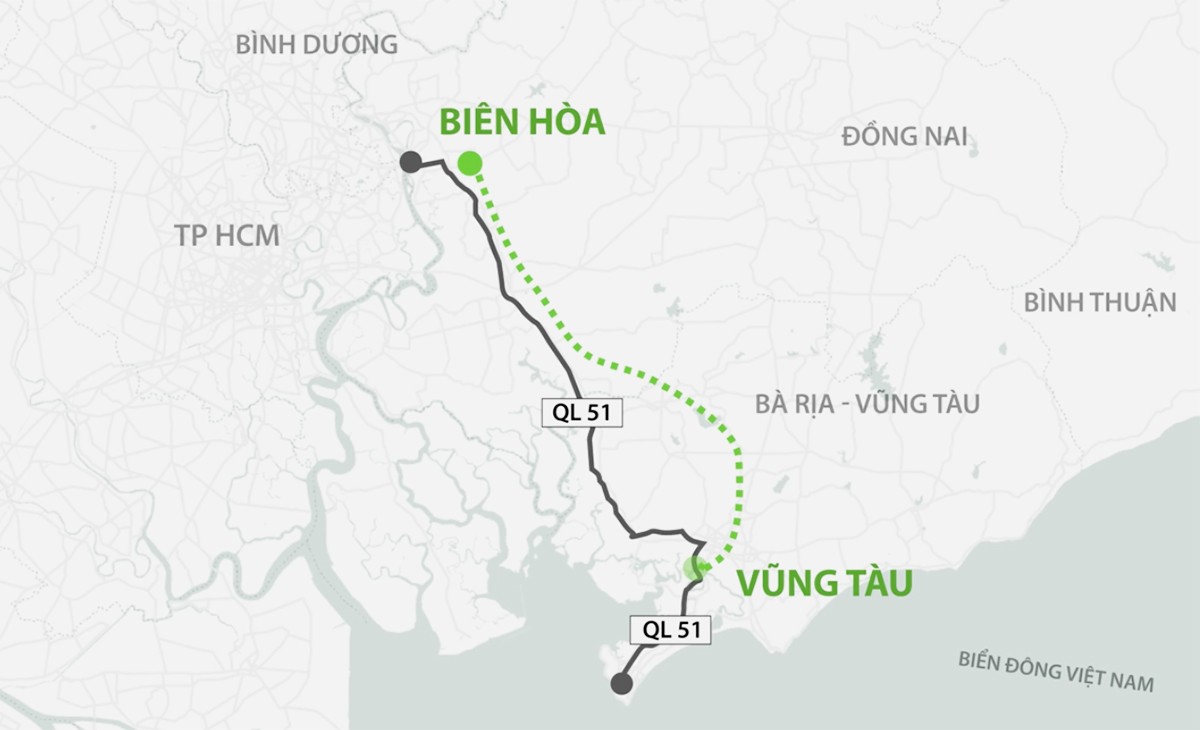
Leaders of Ho Chi Minh City and Dong Nai, Binh Duong and Ba Ria-Vung Tau provinces have worked to strengthen cooperation in implementing inter-regional traffic projects.
A series of key projects such as the Bien Hoa – Vung Tau expressway, Long Thanh airport, Ben Luc – Long Thanh expressway and other national highways are being implemented. Once completed, they will create new drivers for the development of the southeast region.
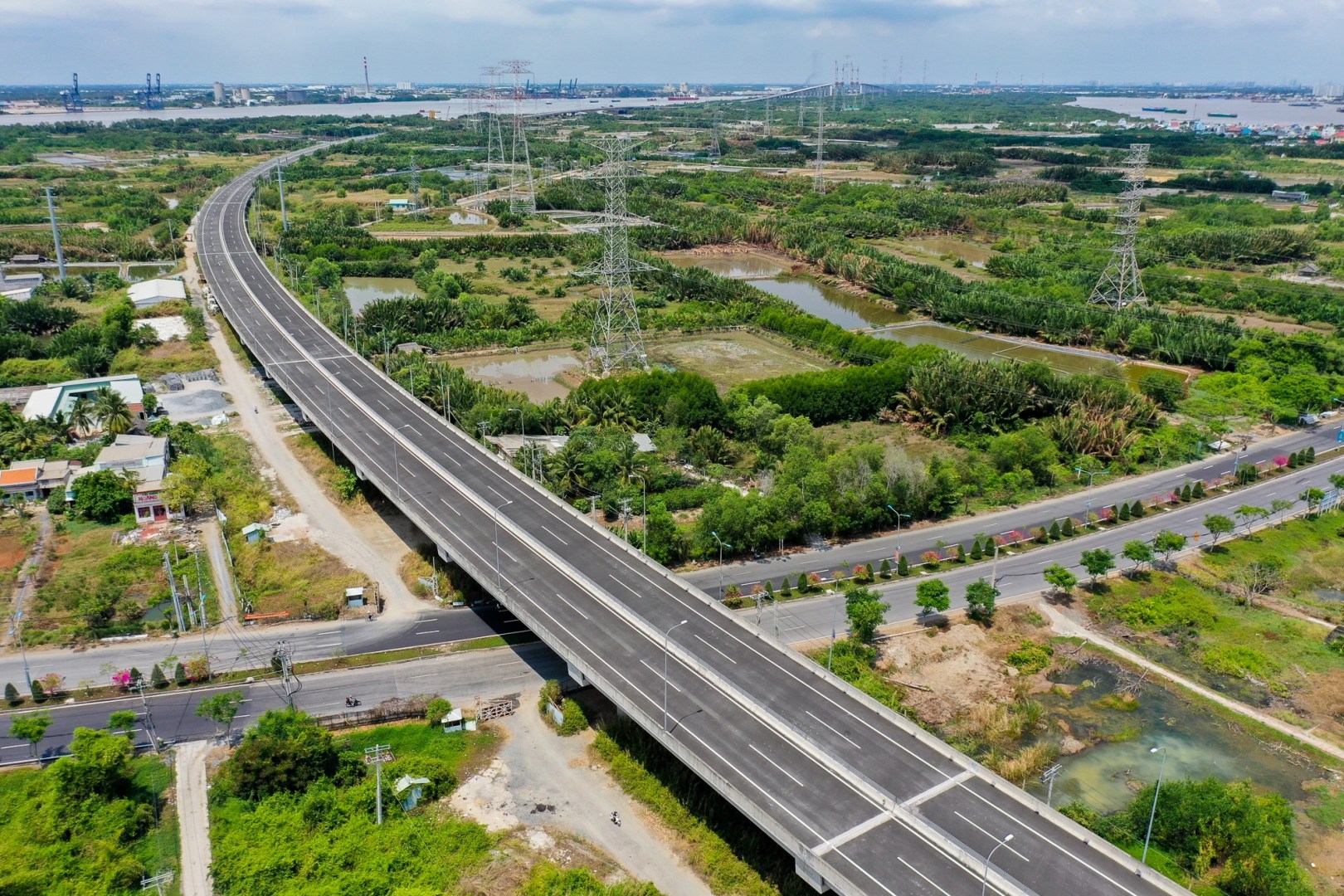
Ben Luc (Long An province) – Long Thanh (Dong Nai province) expressway (Photo: vietnamnet.vn)
Transport infrastructure development is not just the development of the road network but the synchronous development of the entire transport system covering roads, railways, waterways, airports and seaports, especially expressway and railway networks that connect localities.
At the current progress, 2025 will see the completion of a series of key projects such as the Bien Hoa – Vung Tau expressway, Long Thanh airport, Ben Luc – Long Thanh expressway and other national highways. At that time, satellite urban areas will be formed, industrial space will be expanded, which create more business opportunities in the southeast region.
According to Pham Van Canh, a member of the Advisory Council of Ring Road 3 – HCM City Project, the route is part of the expressway network. It has national importance and thus receives investment priority with the aim of improving connectivity between satellite urban areas along the route and reduce traffic pressure in Ho Chi Minh City.

At the groundbreaking ceremony of the Ring Road 3 – HO Chi Minh City and two expressways. (Photo: sggp.org.vn)
The project will also promote economic development, and facilitate the development of urban, industrial, commercial and service areas for the localities which the project passes through. At the same time, it opens up new development space to exploit the potential of land funds and increase investment efficiency for neighbouring localities.
In particular, Ring Road 3 will enhance not only intra-regional connectivity but also the connection between the southeastern region and the Mekong Delta region via the gateway of Long An province, thus helping better exploit the potential of these two regions. It is forecasted that strongly improved inter-regional traffic capacity will help increase the resilience of the economy as well as the scale of GRDP by 2030.

Blueprint of Ring Road 3 – Ho Chi Minh City project. (Photo: baodautu.vn)
The Dong Nai-based Long Thanh International Airport project, the largest airport in the country is expected to be completed in 2026, bringing more opportunities to accelerate the economic development of the southeastern region’s four economic poles -Ho Chi Minh City, Dong Nai, Binh Duong and Ba Ria – Vung Tau provinces.
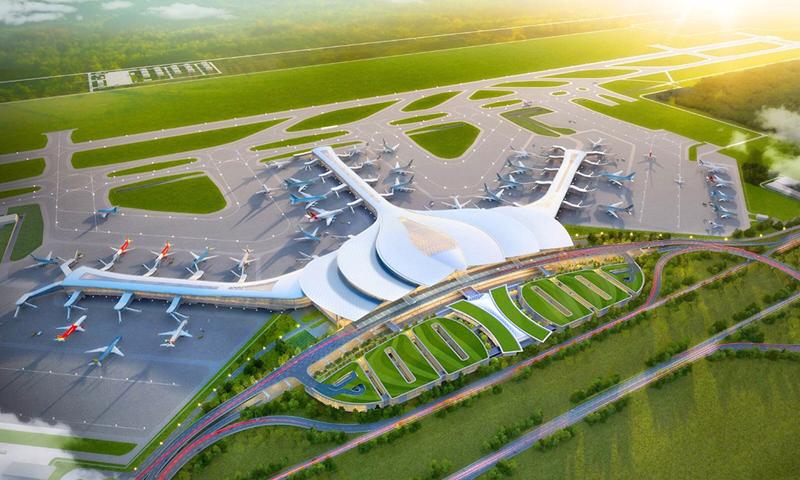
In the future, besides Tan Son Nhat airport, Ho Chi Minh City’s seaports, Ba Ria – Vung Tau’s seaports and most importantly the Cai Mep – Thi Vai port cluster, this economic quadrilateral area will have a new “gateway” – the Long Thanh airport.
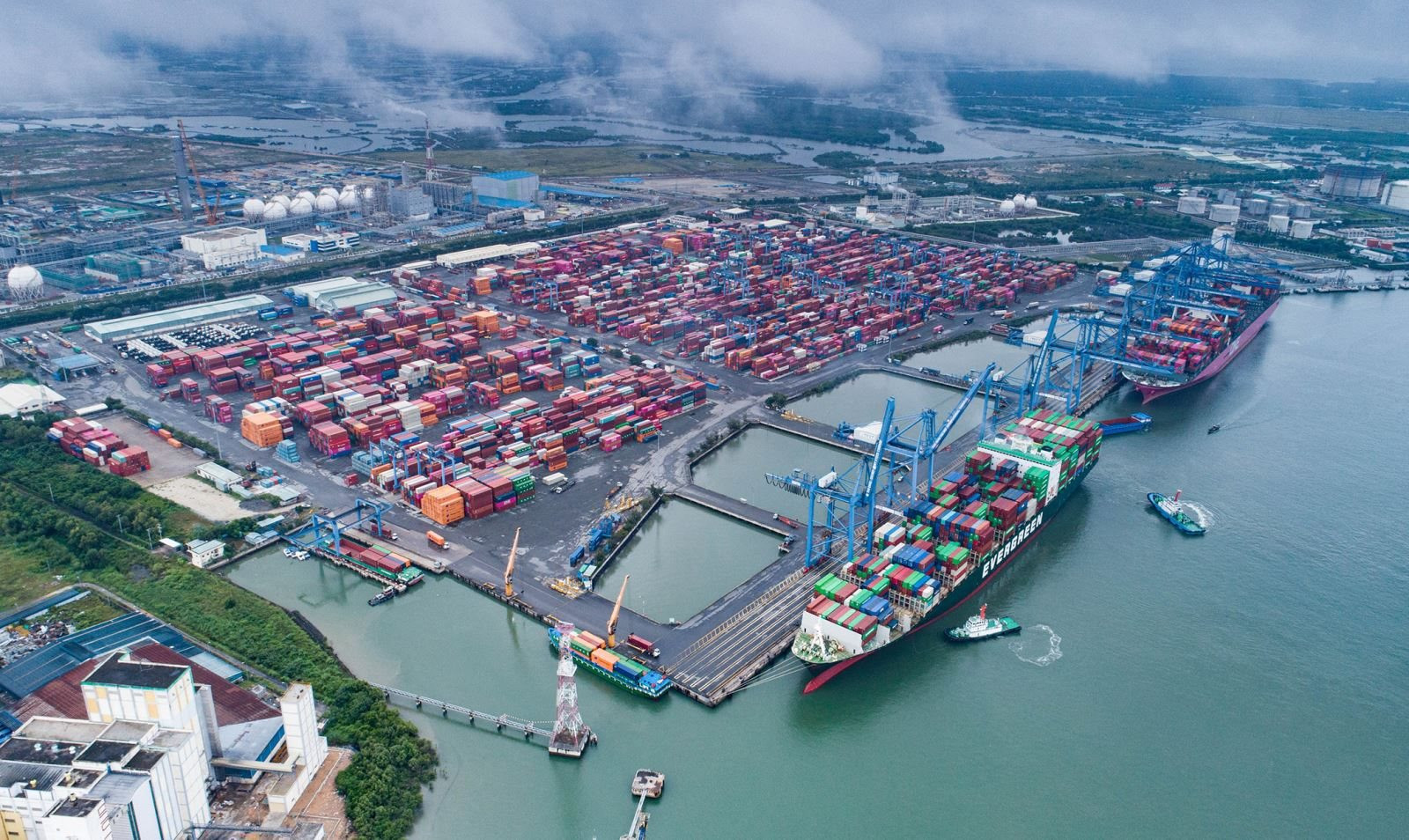
According to the Ministry of Transport, a road system will be formed with the North-South expressway, expressways connecting HCM City and important gateways and transport hubs, Ring Roads in HCM City, two vertical axis roads and three parallel axis roads in the Mekong Delta, along with 52 national highways with a total length of more than 6,400km.
Regarding inland waterways, Vietnam will continue to invest and upgrade inland waterway ports, develop the southern waterway and logistics corridor, and modernise the process of good loading/unloading at river ports.
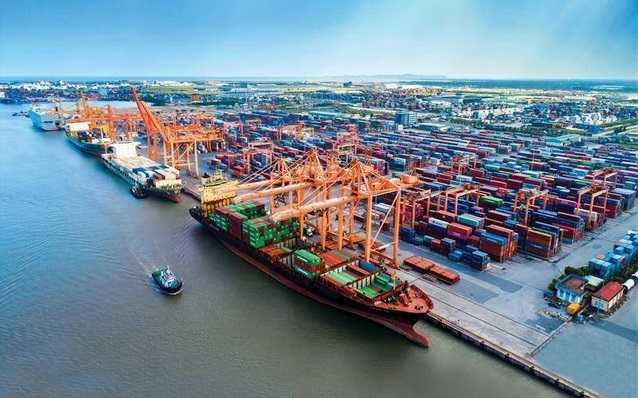
A representative of Dong Nai province said that besides Long Thanh airport, Dong Nai will have Phuoc An seaport by 2024. Once put into operation, the projects will contribute to creating new growth momentum. Businesses in the province will have more advantages in importing and exporting goods, and the provincial budget will also have more sources of revenue.
In the long term, the construction of the Bien Hoa – Vung Tau expressway will help improve connectivity and shorten freight and logistics time from industrial parks in the region to the Cai Mep – Thi Vai port complex, the largest deep-water port cluster in Vietnam, especially when Long Thanh International Airport is opened./.

Long Thanh International Airport and Cai Mep – Thi Vai seaport will be two new growth poles of the Southeast region. (Photo: baobariavungtau.com.vn)
By: VNA


![[Infographic] Vietnam's economic outlook in Q1 2025](https://en.diendandoanhnghiep.vn/images/news/2025/05/12/large/infographic-vietnam039-s-economic-outlook-in-q1-2025-1747040738.jpg)
